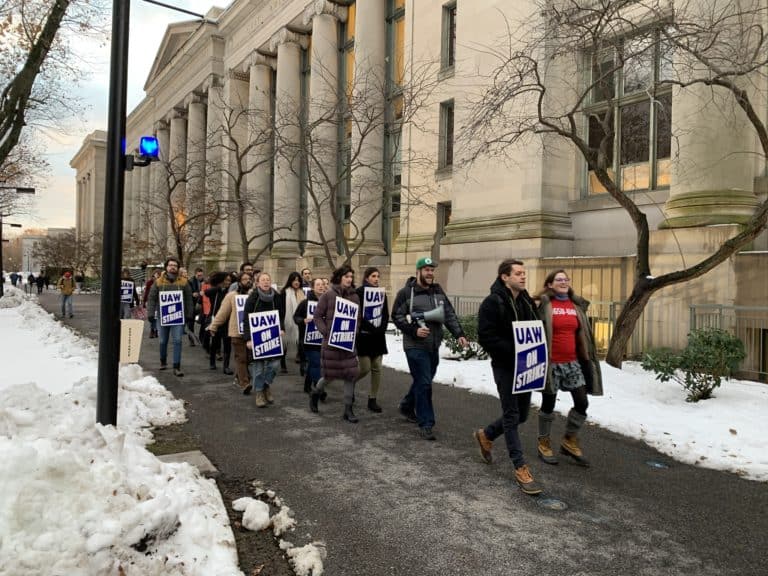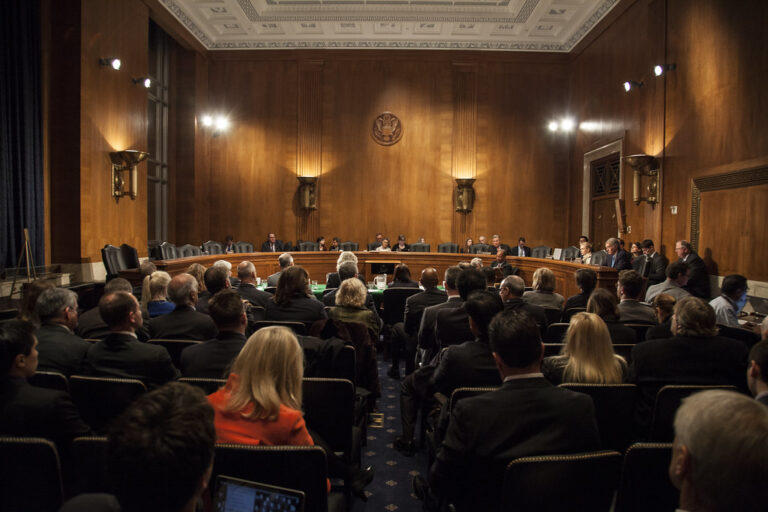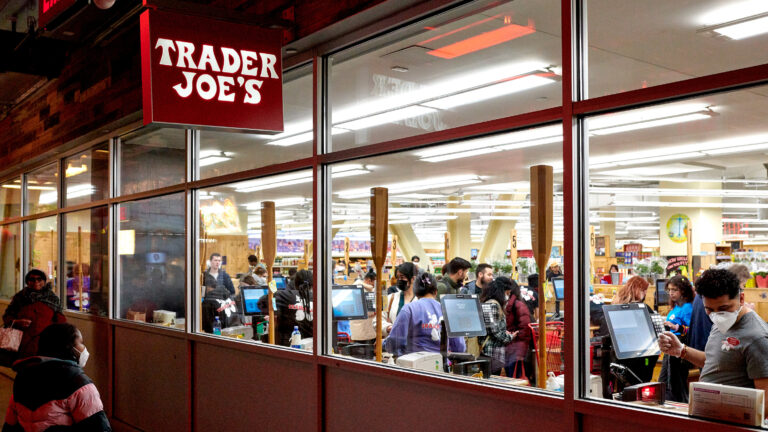
Andrew Strom is a union lawyer based in New York City. He is also an adjunct professor at Brooklyn Law School.
This post is part of a series on Labor in the Trump Years.
The challenge facing unions following Donald Trump’s victory is a familiar one. Trump, a twenty-first century robber baron, won the election by using a playbook familiar to nineteenth century robber barons: he divided workers by race, religion, and national origin, and successfully fanned the flames of bigotry. Throughout the history of this country, workers have gained power only when they have overcome these prejudices and figured out how to join together with other workers who have a different skin color, who have come to this country more recently, who have different religious beliefs, who speak a different language, who celebrate different holidays, and who eat different foods.
If you read your labor history, you see over and over stories of employers trying to undercut worker organization by bringing in other workers of dissimilar backgrounds. This happened in the nineteenth century when workers from Southern and Eastern Europe were hired by mining companies (often all lumped together as “Slavs” the same way that Central American immigrants are now often collectively referred to as “Mexicans”) to fill jobs that had previously gone to workers of Welsh, Irish, Scottish, or German ancestry. On a recent visit to Ellis Island, I saw anti-immigrant political cartoons from the early twentieth century that could have been drawn today, except for the immigrants’ country of origin. For instance, one cartoon depicted immigrants as rats bringing diseases into the country. But, Ellis Island also featured a large photograph of a picket line from that era where garment workers carried signs in four different languages.
Virtually all of the successful labor struggles in this country have required workers to form bonds with other workers who may not look like them, or who may not speak their language. And at the same time, unions have always become weaker when workers have tried to close the door on others who come from a different background. Unfortunately, there is no simple playbook for building cross-cultural bonds among workers. Wherever you go in the world, you find people dividing themselves up based on characteristics that obscure their common ground – it may be where you went to high school, or which football (or fútbol) team you root for, whether you are from the north or south of whatever country you live in, or whether you are attracted to people of the same gender or the opposite gender. Our tendency toward tribalism often seems innate. But, at the same time, it is comforting that, at least in this country, the places where people mix the most are the places where Trump’s appeals were least successful. It is easy to fear “Muslims” or “Mexicans,” but harder to fear Ahmed or Jose who work alongside you and send their kids to your kids’ school. If unions can figure out how to convince workers that we really are stronger together, then they will be able to build a movement that succeeds in beating back Trumpism. This isn’t easy. It’s slow work that requires one-on-one conversations and enough time to build trust. But, it can be done.






Daily News & Commentary
Start your day with our roundup of the latest labor developments. See all
November 21
The “Big Three” record labels make a deal with an AI music streaming startup; 30 stores join the now week-old Starbucks Workers United strike; and the Mine Safety and Health Administration draws scrutiny over a recent worker death.
November 20
Law professors file brief in Slaughter; New York appeals court hears arguments about blog post firing; Senate committee delays consideration of NLRB nominee.
November 19
A federal judge blocks the Trump administration’s efforts to cancel the collective bargaining rights of workers at the U.S. Agency for Global Media; Representative Jared Golden secures 218 signatures for a bill that would repeal a Trump administration executive order stripping federal workers of their collective bargaining rights; and Dallas residents sue the City of Dallas in hopes of declaring hundreds of ordinances that ban bias against LGBTQ+ individuals void.
November 18
A federal judge pressed DOJ lawyers to define “illegal” DEI programs; Peco Foods prevails in ERISA challenge over 401(k) forfeitures; D.C. court restores collective bargaining rights for Voice of America workers; Rep. Jared Golden secures House vote on restoring federal workers' union rights.
November 17
Justices receive petition to resolve FLSA circuit split, vaccine religious discrimination plaintiffs lose ground, and NJ sues Amazon over misclassification.
November 16
Boeing workers in St. Louis end a 102-day strike, unionized Starbucks baristas launch a new strike, and Illinois seeks to expand protections for immigrant workers